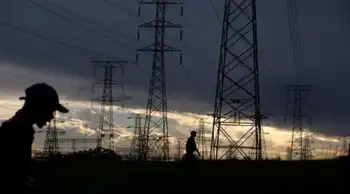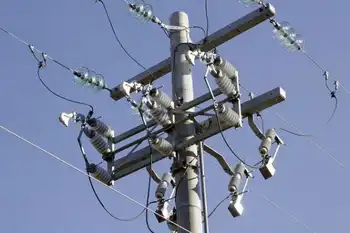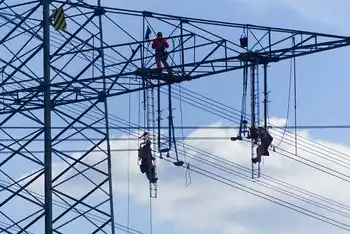OEB Announces Decrease in Electricity Prices
ONTARIO - The Ontario Energy Board (the "Board") set new electricity commodity prices for consumers in the province on the Regulated Price Plan (RPP).
Starting November 1st, prices for RPP consumers who buy their electricity commodity from a utility will decrease from 5.8 cents to 5.5 cents per kilowatt hour for electricity use up to a certain threshold per month and from 6.7 cents to 6.4 cents per kilowatt hour (kWh) for consumption above that threshold.
On average, this represents a 5.8% reduction in electricity commodity prices. Residential consumers using 1,000 kWh a month will see a decrease of around $6.60 on the electricity line of their bills. This is the result of the decrease in RPP prices and an increase in the threshold level for the lower price from 600 kWh a month during the summer season to 1,000 kWh during the winter months.
The reduction in RPP prices is principally due to the need to recover a lower than expected variance account balance. The other forecast costs to supply RPP consumers with electricity over the next 12 months have remained essentially the same.
The variance account balance reflects the difference between the forecast price paid by consumers and the actual cost of supplying them with electricity since the Regulated Price Plan was first introduced in April 2005. During 2005, the hottest and most humid summer in recent history as well as high natural gas prices resulted in a significant shortfall in the variance account.
Since the last RPP price adjustment in May 2006, progress in terms of reducing the variance account balance has exceeded the Board's forecast. The shortfall in the variance account as of May 1st was almost $420 million and prices were set at that time to recover it over 12 months. By October 31st of this year, the Board anticipates the shortfall will be down to approximately $105 million. This means that about 75 percent of the shortfall in the variance account has been recovered over the past six months.
As a result, the Board has reduced the amount included in RPP prices to eliminate the variance account (called the "variance recovery factor") paid by consumers from 0.5 cents per kWh to 0.15 cents per kWh, which is expected to recover the remaining variance account balance over the next 12 months. For residential consumers, the monthly threshold for the lower price will increase to 1,000 kWh per month during the winter season (November to April). This is up from the 600 kWh per month for the summer season (May to October). This difference recognizes the fact that consumers use more electricity for lighting and indoor activity in the winter and that many Ontarians are reliant on electricity as their heating source. The threshold for non-residential consumers that are eligible for the price plan will continue to remain at 750 kWh per month throughout the year.
Time-of-Use pricing will also change for consumers whose utilities have opted to bill TOU electricity prices for those with smart meters. The new Time-of-Use electricity prices will be 3.4 per kWh (during "off-peak" periods), 7.1 per kWh ("mid-peak"), and 9.7 per kWh ("on-peak"). These prices only apply to a small subset of consumers on the Regulated Price Plan at this time. While Time-of-Use pricing is not yet mandatory, it is expected to increase in use as the Government's smart meter initiative is rolled out over the next several years.
The commodity prices were set under the Board's Regulated Price Plan (RPP), which ensures that the prices consumers pay for the electricity they use better reflect the actual amount paid to generators. These prices are reflected on the "Electricity" line of consumers' bills. Today's announced changes will not affect the "Delivery" portion of consumers' bills.
Related News

Electricity restored to 75 percent of customers in Puerto Rico
PUERTO RICO - Nearly six months after Hurricane Maria decimated Puerto Rico, the island's electricity has been restored to 75 percent capacity, according to its utility company.
The Puerto Rico Electric Power Authority said Sunday that 75.35 percent of customers now have electricity. It added that 90.8 percent of the electrical grid, already anemic even before the Sept. 20 storm barrelled through the island, is generating power again.
Thousands of power restoration personnel made up of the Puerto Rico Electric Power Authority (PREPA), the Federal Emergency Management Agency (FEMA), industry workers from the mainland, and the Army Corps of Engineers have made…




